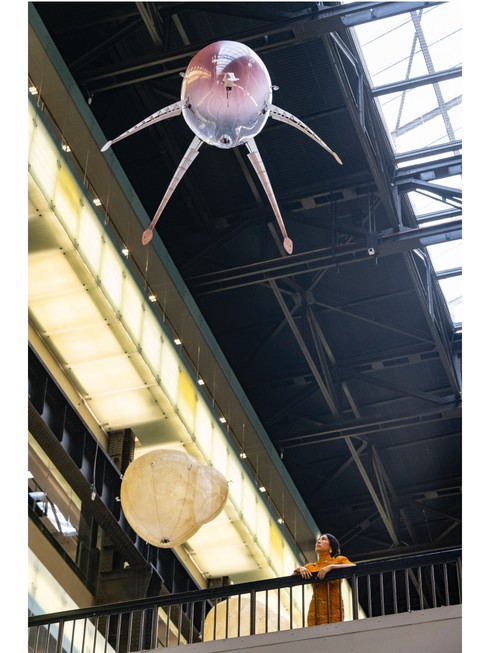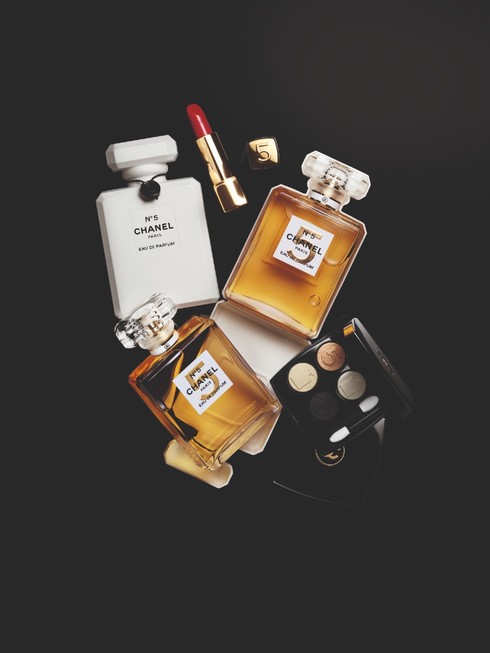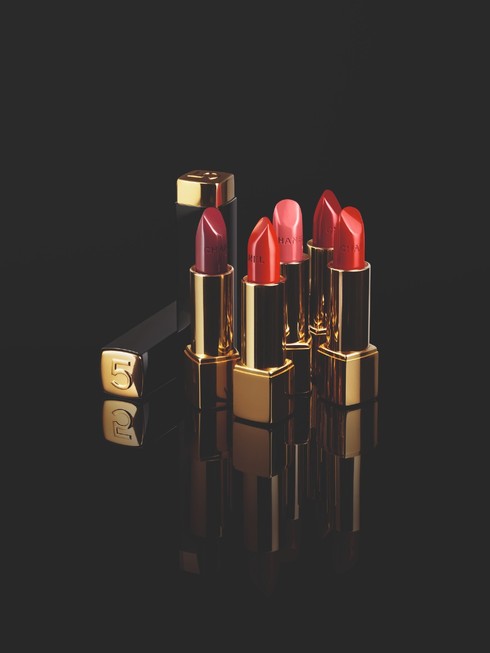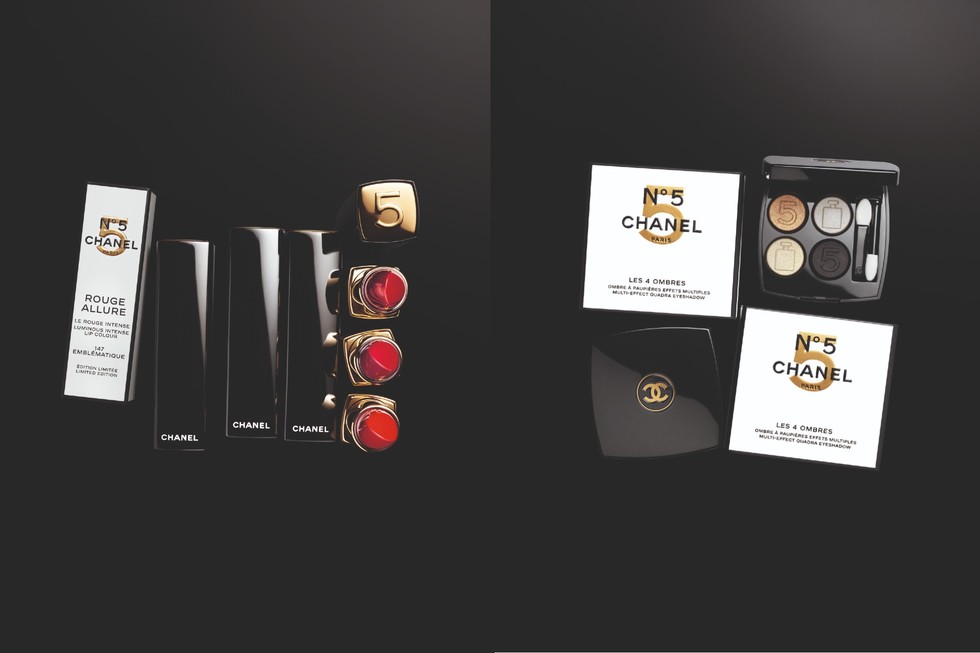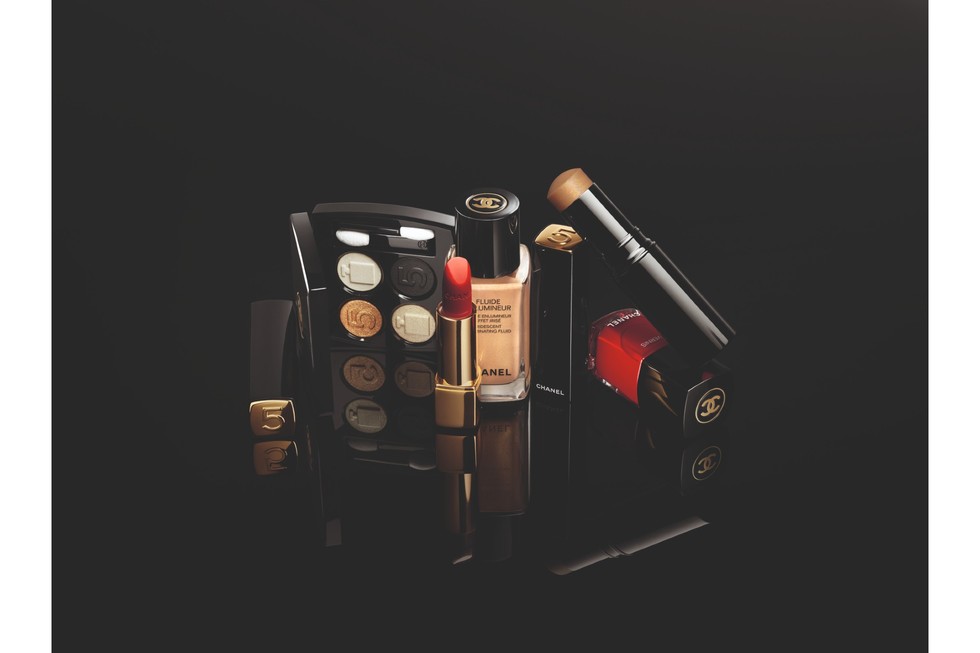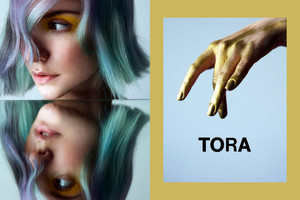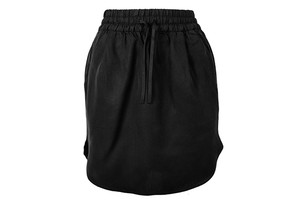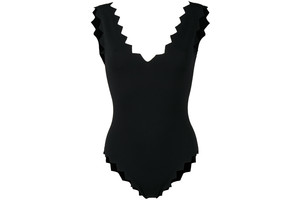In Love with the World
Written by Art EditorAnicka Yi
“In Love with the World”
The Turbine Hall at Tate Modern, London
On view until 16.01.22
In time for Frieze week, Tate unveiled “In Love with the World” - a major new installation by artist Anicka Yi in the Turbine Hall. Like a strange, displaced family of jelly fish, the helium filled machines float through the air in a mesmerising choreography that warps the viewer’s sense of being in familiar territory.
The extraordinary appearance of the “aerobes” made me question their physical presence at first, thinking they might be an advanced AR installation. I was filled with childish joy and excitement when realising these magical machine-creatures exist IRL. Yi used the idea of a “natural history of machines” as a starting point, building on previous work on the possibilities of machines evolving into independent forms of life.
The installation will continuously change through Yi’s use of scentscapes created to mimic smells from specific moments throughout the history of the Bankside where the Tate Modern is situated. “Spices thought to counteract the Black Death in the 14th century” and other interesting scents connect the visitor as well as the floating machines to times passed highlighting air as a shared natural resource and its relation to climate justice.
This new ecosystem of Yi’s could also serve as a reminder of the rising seas that threaten coastal areas. What is now land for us to walk on and air to breathe, could in the future be covered by water and populated by other species, organic or non-organic, better suited for the new environmental conditions.

